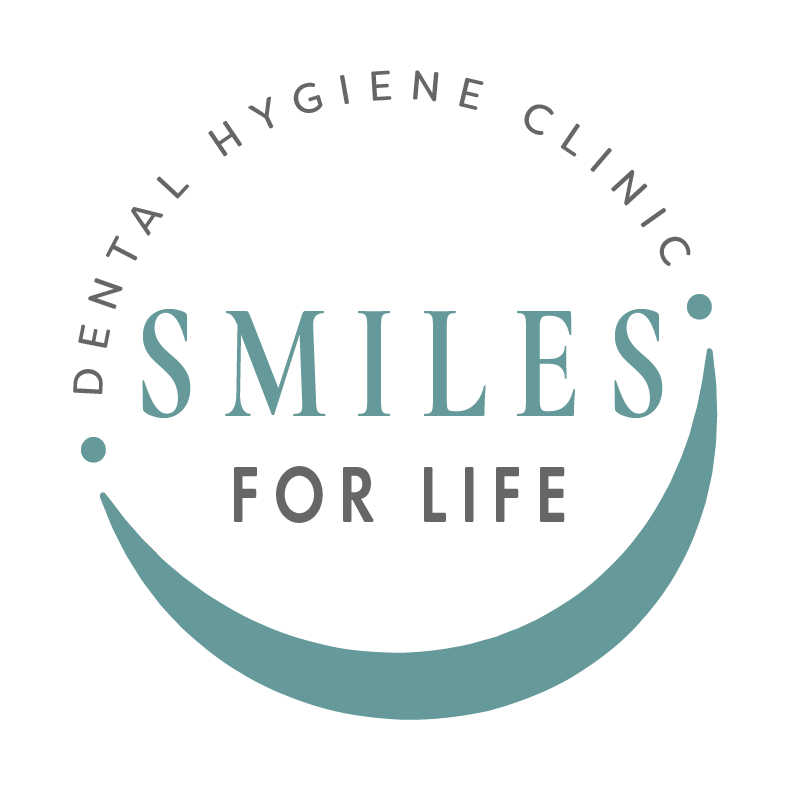Dental Emergencies
https://smilesforlifedhc.ca/wp-content/themes/osmosis/images/empty/thumbnail.jpg 150 150 SmilesForLife SmilesForLife https://secure.gravatar.com/avatar/36fc2cbe8eb428e5def361df1e608d986ca2bdc052e41dc12feb0c068d14df0c?s=96&d=mm&r=gDental Emergencies
(and of course they always happen on a long weekend when your dentist is on a 3 week cruise)
Although we don’t have a dentist in our office and don’t treat dental emergencies, I thought a mini crash course in ‘What do I do when my 3 year old smashes his mouth on the coffee table?!!’ would be a good idea. It’s always best to be prepared, and knowing how to be ready for a dental emergency can be important to your oral health. If left untreated, a chipped or broken tooth, or a broken crown or filling can provide an opening for cavities because the damaged area is hard to keep clean.
If you have a dental emergency that involves trauma to your teeth, don’t panic (I know, easier said than done, especially if it’s your child). Follow these simple steps to hold you over until you get to the dentist:
- Chipped tooth: If you break or chip a tooth, rinse your mouth with warm water. Apply gauze to any areas that are bleeding. Once any bleeding stops, apply a cold compress to the area and see your dentist as soon as possible.
- Dislodged tooth: If your tooth becomes partly dislodged, get to the dentist immediately, and put a cold compress on the area to decrease swelling.
- Knocked out tooth: If possible, find the tooth and pick it up by the crown end, not the root. Rinse the tooth if it is dirty but don’t scrub it – you want to preserve any tissue fragments. Teeth that have been knocked out have the best chance to be saved if they are put back in place within an hour of the accident. Try to put the tooth back in place (be sure that it is facing the correct way!) but don’t force it. If you can’t reinsert the tooth, place it in a small container of milk, or water with a pinch of salt, and get to your dentist!



